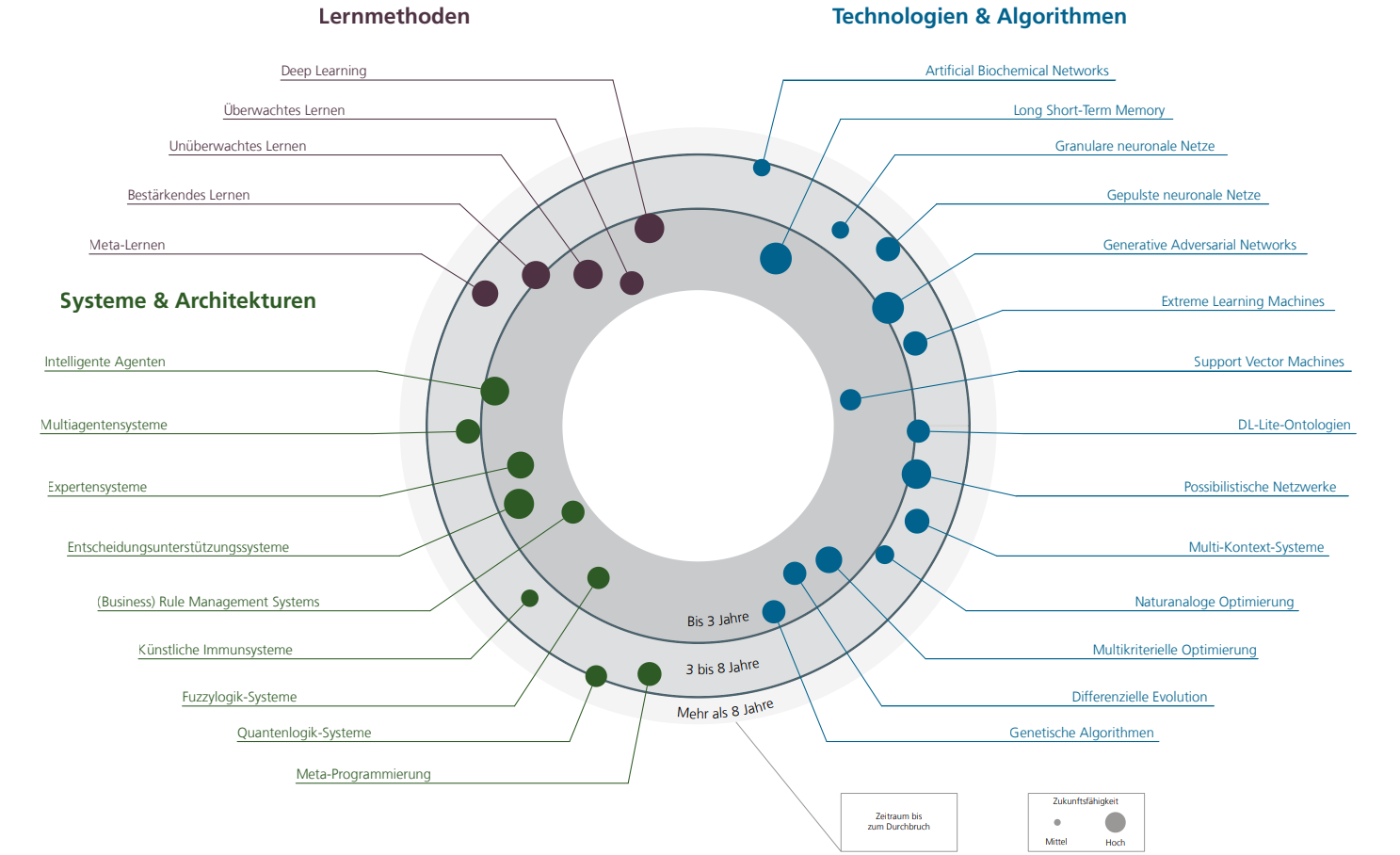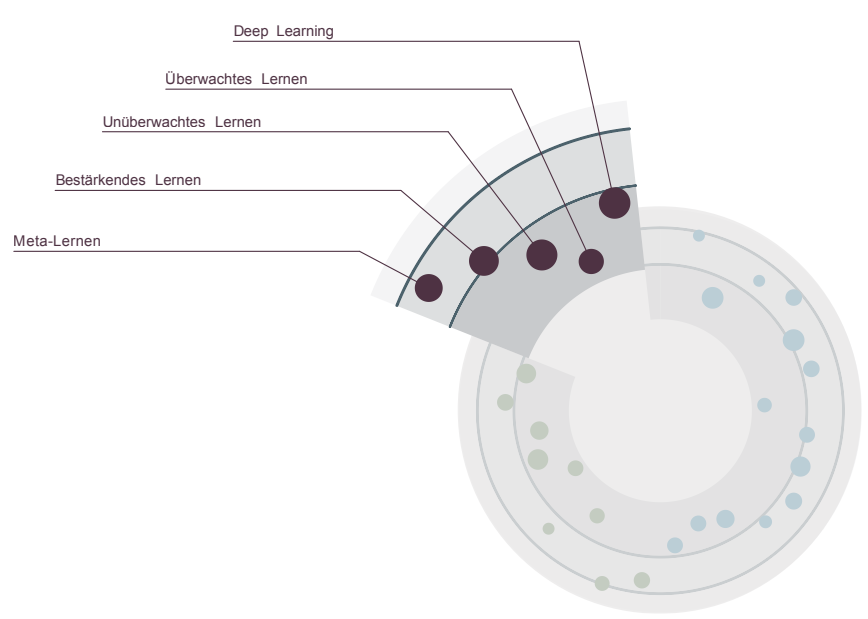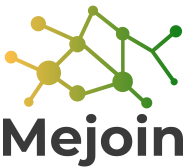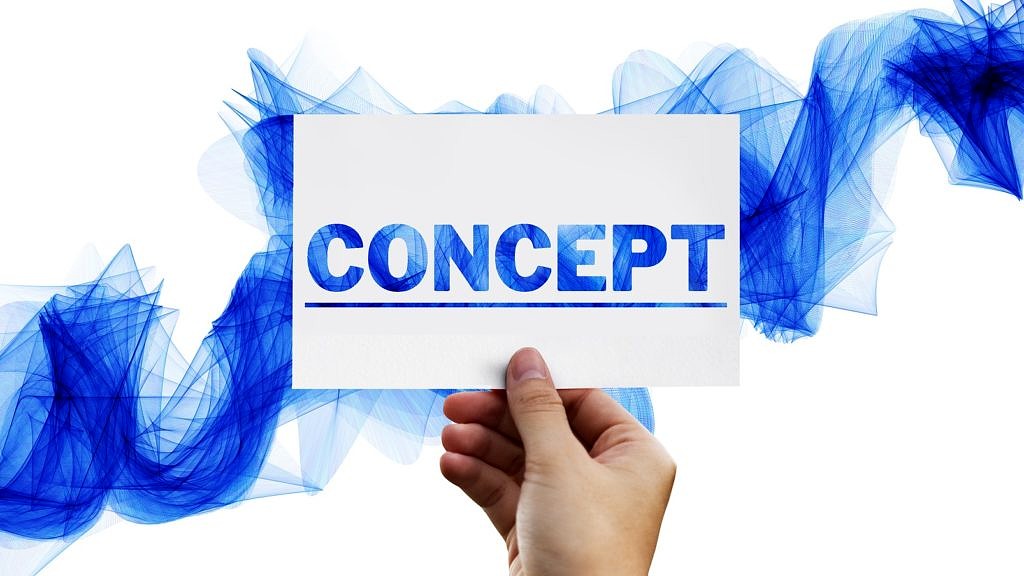Many entrepreneurs, decision-makers, and private individuals want to know what the current developments in the field of artificial intelligence are achieving. Since there are many parallel research areas, it is often challenging to take a holistic view of the entire scientific landscape. Here the Frauenhofer Institute, which has developed an AI Sonar, helps to present the most promising research directions and to enable comparisons between them.
The most relevant AI methods will be presented in a two-part report. In this first part, the known learning methods will be shown. In the second report next week, both the system methods and the algorithms and technology methods will be displayed. In the graphic below, all the methods considered are presented and broken down.

The learning methods are divided into five different AI techniques. The most important of these are deep learning, unsupervised learning, and supervised learning:

Deep learning includes techniques for improving neural networks. The term deep, therefore, derives from the deepened structure of the system, which is equipped with additional layers. The deeper a neural network is spun, the better the learning success of the AI. Deep learning has led to many crucial successes of AI and is still considered to be one of the essential instruments for various applications.
Supervised learning refers to a learning method that causes the AI to adopt a specific behavior. For this purpose, a database is needed that is adapted to the desired goal. During the training phase, the program is then monitored and, if necessary, adjusted to solve the task in the best possible way and to develop a clear procedure for future similar jobs. This method is also suitable for various applications.
Unsupervised learning represents a similar but unconventional training approach for AIs. Here, the system should solve a task similar to supervised learning. However, no solution path is given or is not yet known. Therefore the AI has to recognize patterns based on the given data and has to be relatively flexible in adapting the solution approaches. This method is especially suitable for mathematically complex problems and is mostly used when other learning methods reach their limits.
Another method presented is Meta-learning. Although this is one of the learning methods of an AI, it works rather in the background. Meta-learning serves to improve the existing learning algorithms; i.e., it virtually learns the learner. Thereby the algorithms should become more flexible and effective and are also revised automatically and no longer manually. This method thus serves to develop and improve AI systems and can, therefore, be used in all use cases.
This article serves as an overview of various learning methods of an AI. In the second part of the article, the system and algorithm methods are discussed in more detail, revealing some interesting parallels between the living and the artificial.


0 Kommentare zu “Lifelong Learning in the AI – KI Methods 1/2”